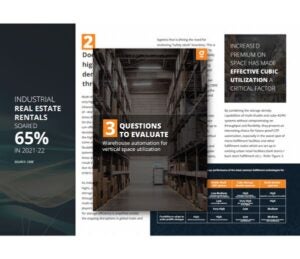


Retail strategies like same-day delivery, try-before-you-buy, BOSS/BOPIS, coupled with newer fulfillment formats like dark stores, micro-fulfillment, curbside pick-ups, in-store fulfillment are just some of the business models that have squeezed businesses between customer promises and margins.
On the other hand, a growing labor scarcity continues to be a looming threat for the warehousing and supply chain industry. This twin-sided pressure has put retailers in a tight spot where they must take immediate decisions on their fulfillment automation strategy for staying competitive.
The goods-to-person (GTP) automation is one of the most popular innovation areas for fulfillment efficiency since decades. However, high CAPEX, legacy “fixed automation” systems such as AS/RS systems, Carousels, Vertical Lift Modules (VLMs), Automated Guided Vehicles (AGVs) etc., are falling short of future–proofing fulfillment operations in a world where critical operating parameters like SKU profiles, popularity classification, channel mix, and peak factors do not follow fixed rules anymore.
So, what should you keep in mind to evaluate different fulfillment automation technologies for vertical space utilization?